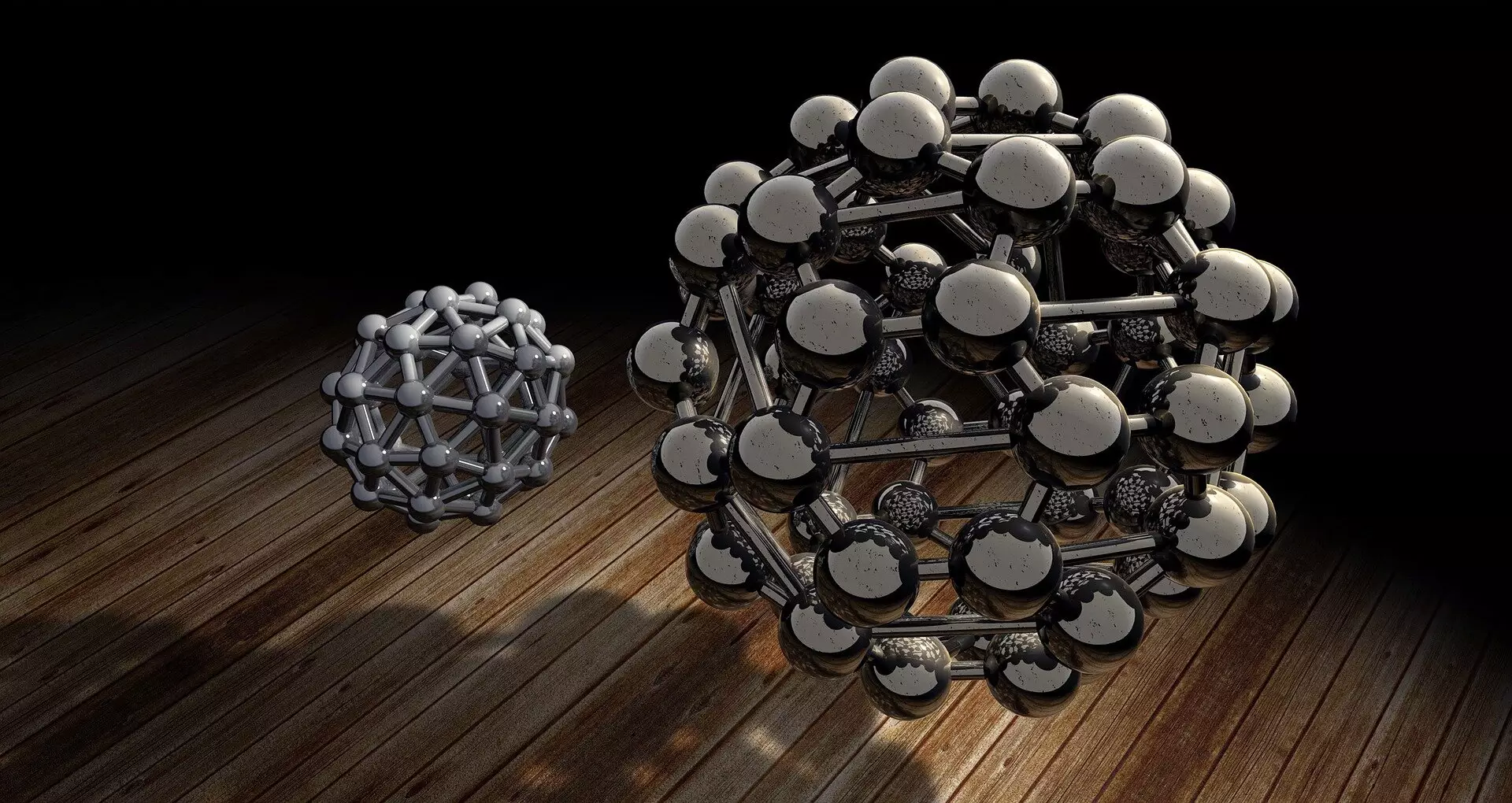The world of electronics is undergoing a significant transformation, transitioning from traditional silicon-based devices to organic electronic components that promise lighter, thinner, and more flexible applications. This paradigm shift isn’t merely about aesthetics or portability; it aligns with the increasing demand for sustainability and versatility in technology. However, a persistent challenge within this promising realm has been the unstable nature of organic semiconductor dopants, which are essential for enhancing electron flow. Recent strides in research underscore the urgency for innovative solutions that can offer greater stability and efficiency.
RIKEN’s Exciting Discoveries
In this landscape, the RIKEN team, led by Kazuo Takimiya, has made groundbreaking advancements by developing a pioneering molecule known as DP7. Published in the esteemed journal *Advanced Materials*, this molecule represents a pivotal leap forward in enhancing the performance of organic electronic devices. Not only does DP7 exhibit higher stability compared to existing alternatives, but it also stands as a candidate for industrial manufacturing, bridging the gap between laboratory research and real-world applications.
The traditional methods employed in electronic devices, reliant mainly on rigid semiconductors, are often ill-suited for the intricate needs of flexible electronics. Organic semiconductors, a class of materials designed for this new age, require dopants to facilitate electron transport. Unfortunately, the instability of many existing organic dopants complicates their development and use, creating a bottleneck in the advancement of this technology. Takimiya’s innovative work to enhance the intrinsic properties of organic compounds addresses this critical issue.
The Science Behind DP7
The core of Takimiya’s research lies in the modification of a specific molecule known as tetraphenyl dipyranylidene. His team’s meticulous adjustments—most notably the introduction of nitrogen-based amine groups—unlock a new level of stability and performance. By altering the electronic properties to retain electrons at higher energy levels, DP7 can effectively boost its capacity to donate electrons in semiconductor applications. The theoretical calculations and subsequent experimental validations indicate that DP7 is not only high-performing but also robust enough for practical applications.
The implications of this improvement are enormous. DP7’s stability at elevated temperatures and its compatibility with vacuum deposition methods—a common practice in semiconductor manufacturing—suggest that it could significantly enhance various electronic devices, particularly organic light-emitting diodes (OLEDs). By improving the conductivity of the electron-transport layer, DP7 paves the way for OLEDs that are not only more efficient but also possess a longer lifespan.
A New Dawn for Organic Electronics
Experiments conducted by Takimiya and his team revealed that integrating DP7 with buckminsterfullerene—a well-known material in organic electronics—resulted in an unprecedented reduction in electrical resistance at interfaces. This finding is groundbreaking, considering that one of the greatest hurdles in organic electronics has been the inefficiency of charge transport across layers. With DP7, the ability to reduce resistance translates to enhanced performance in a wide array of applications, from smartphones to televisions.
Moreover, what sets DP7 apart is its simplicity in production. Derived from commercially available chemicals through just two chemical reactions, the ease of synthesizing DP7 could facilitate its rapid adoption in industrial contexts and assure its viability on a large scale. Takimiya’s optimism about the potential industrial applications is rooted not only in performance but also in the practical aspects of implementation.
Future Prospects and Challenges Ahead
As RIKEN’s researchers stand at the cusp of a technological revolution, the search for even more stable and effective dopants continues. The future of organic electronics hinges on unraveling complex molecular interactions and expanding the toolkit of materials available for innovative applications. DP7 marks a significant step, but the pursuit of excellence in this field demands relentless research and development. Ultimately, the drive for more effective, efficient, and sustainable electronic solutions will shape the trajectory of how we interact with technology in the years to come.


Leave a Reply